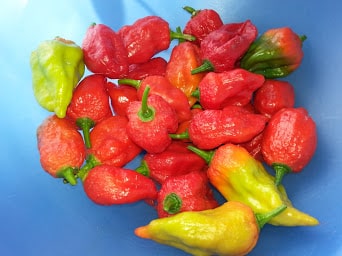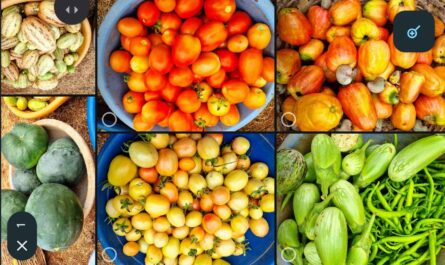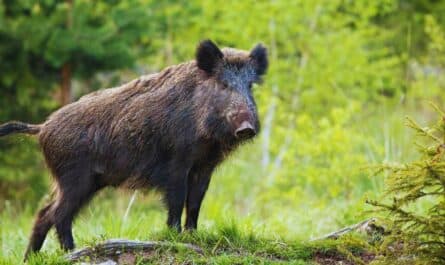For the past few months, I have passionately been reading up on paddy cultivation and yield in India and abroad. With no first-hand knowledge and no advisors, Aunty Google has been my friend, philosopher and guide. Not the best way to go about things as we will find to our dismay!
According to all (internet) estimates, 1 acre should yield 2000kg of paddy! Once the paddy has been de-husked, the yield should be around 1500kg of rice!
Please remember these numbers as I tell you our tale.
Early in June, we planted approximately one acre of rice and half an acre of nachni (finger millet) and sama (barnyard millet). As I mentioned in an earlier blog, we had contracted out the paddy cultivation to Mr Paddy Contractor (PC). He came with his nanger (cattle-drawn plough) and ploughed the field, burnt patches for the ‘nursery’ and when the rains finally set in, he, along with his merry band and we 3 novices from Mumbai, transplanted the rice with immense hope and joy. When quizzed by Mr Stonethrower, Mr PC did a back-of-the-envelope calculation and said we would probably get about 7 quintals (700kg) of paddy as the fields were virgin, the soil appeared to be too sticky and rocky and more importantly because we refused to allow him to use urea or other chemical fertilisers.
That’s a little less than half the average yield per acre in India, but we were pleased enough. 700kg of paddy is a lot, and even when de-husked, we would get about 500kg – which is also a lot.
Our farm consultant, Grim S, tried telling us not to get carried away with Mr PC’s estimates, but we were having too much fun and flying too high to give him much credence. And, even if we did pay heed to him, we figured 500kg would become 400kg, surely not less than that!
After we spent a back-breaking yet very happy day transplanting rice, we drove back in high spirits with Mr Stonethrower talking about hiring a truck to transport all the rice. How were we going to manage we wondered? And to whom would we give all this rice? Did we have 500 friends and family between us to distribute all this rice? It was all too exciting, and we were in the best of moods.
A few days later, Mr PC presented us with a fat bill for his labour and ploughs which we gladly paid.
Our spirits remained high as with every visit, we saw the rice we had so lovingly planted grow and sway in the monsoon breeze.
Halfway through the monsoon, Manager M tried to persuade us again to allow the use of urea and other chemical fertilisers, but we again refused. Grim S kept up his muttering about low yield, but we were not going to let the sourpuss dampen our enthusiasm.
On one visit, Mr Stonethrower again joked about hiring a truck and Grim S responded saying the boot of our car would suffice.
As the rains continued, the highway, leading to the farm disintegrated into an endless series of craters and we were forced to visit the farm less frequently. However, we left strict instructions to let us know when the paddy would be harvested as we wanted to be there to celebrate the event.
While we waited for the paddy, we managed to harvest several kilos of ‘ghauti’ chilli from which we made several jars of ‘jaam tikhat’ chilli pickle, using a traditional Stonethrower family recipe. The pickle has been a huge success.
I also used the time to design labels, source packaging material for our produce and even attempted to create an excel sheet for sharing and distribution.
Finally, it was late November and time to harvest. First the kolam rice, then the millets and the black rice last as it needed another week or ten days. Mr PC who was supposed to harvest the rice made a series of inane excuses and delayed the harvest by a week. Finally, the Imp, his wife and a few of their pals were pressed into service and our kolam rice was harvested. In short order, the millets and black rice were also harvested.
Manager M offered to take the kolam to the mill to get it de-husked and semi-polished and Grim S did the same for the black rice. Imp and his wife cleaned and dried the millets and loaded them into gunny sacks.
By this time, we had lowered our expectations considerably and drove to the Farm in our regular farm car instead of the truck Mr Stonethrower had been dreaming of.
Our final yield was:
40kg kolam
7kg black rice (from 10kg of black rice seeds!!!!)
35kg nachni aata
13kg varia/sama
So, instead of the Indian average of 1500kg of rice per acre, we got a mind-numbingly minuscule 47kg of rice! I haven’t looked to find the average yield for millets, so I am not commenting on that.
How on earth did this happen? Yes, it was virgin land. Yes, we refused to allow the use of urea or chemical fertilisers. Yes, the rains went on far longer than required. And yes, we are novice farmers. But 47kg???
Grim S nodded sagely and said, “I told you so”. Others murmured about urea and sticky, rocky soil. But seriously, 47kg?
In the doldrums now, I called Naturalist turned Homestay Owner and Farmer in Kanha. After listening to me for a bit, he asked a simple question. “Has your soil been tested?” The answer is no. He was very clear. Test the soil. See what is lacking. If it can be improved with organic supplements, well and good. If the tests show the soil is useless for paddy, drop the idea and plant a few 100 more mango trees.
So, off we went to collect soil samples and dropped them off at the R&D division of Rashtriya Chemicals & Fertilisers (RCF).
Meanwhile, brave in the face of adversity, we are pressing on with our Rabi planting of wheat and watermelon. Once we get the soil report we hope to add any missing minerals and improve the soil quality.
In the words of the late, great Winston Churchill, “Success is not final, failure is not fatal: it is the courage to continue that counts”. And, of course, a truckload of money!




More power to the Bandra girls….
Soil test is the way to nirvana.
You’ll get there, with patience and the inevitable slog.
As I keep saying you are brave. Keep up the fight and keep us posted. More power to both of you!
I suppose running a farm sounds romantic to us city dwellers but it’s not as easy as all that. I hope things improve.
It does sound like soil testing is the way out. After which you can decide what to plant. Mango trees will probably bear fruit when you’re at a point when you want to sell the land, unfortunately. Still great learning I guess.